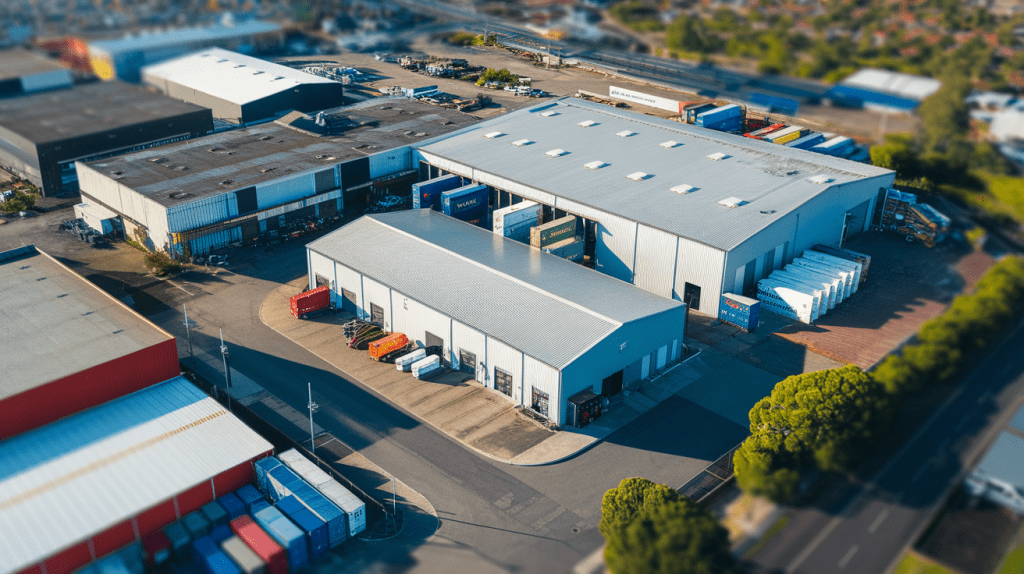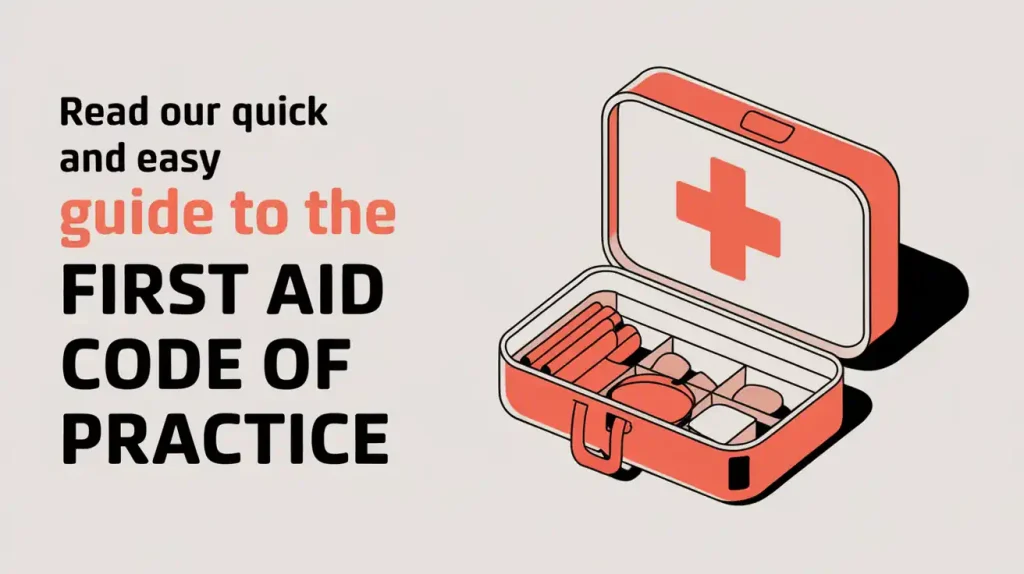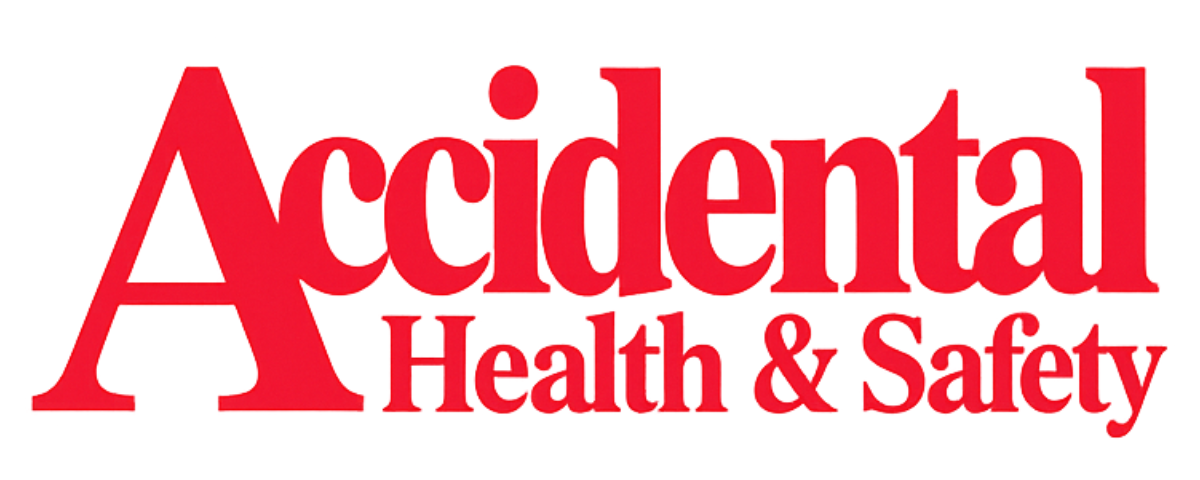Training and Assessment Delivered on Behalf of Allens Training Pty Ltd RTO 90909
First Aid Risk Assessments: 4 Steps to Protect Your Workplace from the Unexpected
Key Takeaway: A first aid risk assessment helps you think ahead, ensuring your workplace is prepared for medical emergencies before they happen. By evaluating hazards, positioning first aid kits strategically, and training the right personnel, you can prevent minor injuries from becoming major incidents.
Accidents happen. Whether it’s a slip, trip, burn, or something more serious, every workplace needs to be prepared. That’s where first aid risk assessments come in—helping you identify potential hazards and ensure your team is ready for anything.
What is a First Aid Risk Assessment?
A first aid risk assessment is your game plan for handling workplace injuries. It’s a process where you evaluate potential health risks, determines what first aid equipment and personnel are needed, and ensures compliance with workplace safety laws, and of course write it all down.
Think of it like this: You wouldn’t jump out of a plane without checking your parachute, right? A first aid risk assessment makes sure your workplace has a ‘parachute’ in place when emergencies strike.
Why It’s Essential
Not having an effective first aid plan in place can leave your employees vulnerable—and your business legally exposed. The Work Health and Safety (WHS) Act requires businesses to assess and manage workplace risks, including first aid provision. A thorough risk assessment helps you:
- Identify hazards specific to your workplace
- Determine the necessary number of first aiders
- Ensure appropriate first aid kits and equipment are available
- Implement effective emergency procedures
How to Conduct a First Aid Risk Assessment
Step 1: Identify Workplace Hazards
Consider the nature of the work, workplace hazards, and past incidents. Do employees work with heavy machinery? Are chemicals involved? Is there a risk of burns, falls, or electrical shocks? Each workplace is unique, so tailor your assessment accordingly.

Step 2: Evaluate the Risk Level
Once hazards are identified, assess how likely they are to occur and the potential severity of injuries. High-risk environments (like construction sites) require more robust first aid measures than low-risk ones (like office spaces).
Step 3: Determine First Aid Requirements
Based on the risks, decide:
- The number and type of first aid kits needed
- Where first aid facilities should be located
- How many trained first aiders are required
- If additional safety measures (like defibrillators) are necessary
Step 4: Implement and Communicate
Once you’ve set up your first aid plan, ensure all employees know the procedures. Post clear signage, hold training sessions, and regularly review your first aid provisions to keep them up to date.
Thinking Ahead: Real-Life Risk Assessment Examples
A first aid risk assessment is all about thinking things through before they happen. Here are a few examples of how a proper assessment can save time—and possibly lives:
- Multiple Buildings: Your business operates across several buildings. Initially, you consider placing a single first aid kit in a central office. But after assessing the risk, you realize that if someone suffers a serious injury in a distant building, retrieving the kit would waste precious time. Instead, you decide to place a kit in each building for quicker access.

- Work Area vs. Office: Your employees work in a factory setting, but the only first aid kit is in the office. After reviewing past incidents, you recognize that injuries are far more common in the work area. Moving the first aid kit closer to the action ensures injured workers get immediate help.
- Burn Risks in Workshops: Your workplace handles hot materials and welding, making burns a common hazard. Instead of a general first aid kit, you think about it and decide to get multiple burn treatment kits in key locations, ensuring the right supplies are available when needed.
Need Help? We’ve Got You Covered!
If the idea of conducting a risk assessment sounds overwhelming, don’t worry—we offer free consultations to help businesses like yours get compliant and prepared. Our experts will walk you through the entire process, ensuring your workplace meets the necessary safety standards.
Read Our Quick & Easy Guide
For a deep dive into first aid compliance, check out our guide to the First Aid Code of Practice

Final Thoughts
A workplace without a proper first aid plan is a workplace at risk. A little preparation goes a long way in ensuring your team’s safety and your company’s legal compliance. Don’t wait for an accident to happen—take action today!
Book your free consultation now and make workplace safety a priority!

